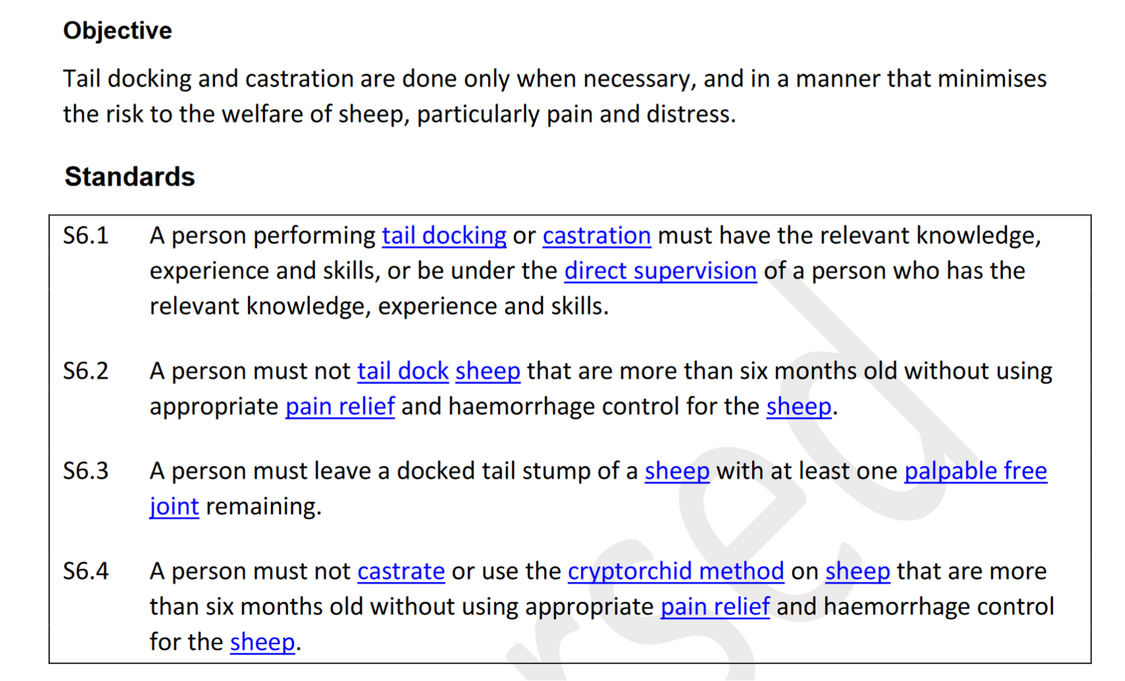Producers need to be aware of their animal welfare responsibilities when it comes to tail docking.
And stud breeders should be out in front, setting an example.
This is according to Veterinarian and University of Melbourne researcher Stuart Barber.
While animal welfare codes of practice or husbandry guidelines vary from state to state, all of them require producers to leave at least one palpable joint when docking lambs' tails.
“The ideal is three palpable joints, or in ewes the tail should reach the end of the vulva and males be the same length,” Dr Barber said.
“If you go to shows, very few Poll Dorsets would meet best practice.”
There were a number of reasons for length requirements in tail docking, the primary one being skin cancers, Dr Barber said.
“Most producers would have had vulva cancer in older ewes if you had been cutting tails short for a long time, especially in hot conditions,” he said.
“Reason two is increased risk of rectal and vaginal prolapse - when sheep start coughing they don’t have the muscle tone around the tail they need.
“Reason three has only been established in the past few years, with short tail length now associated with arthritis - we can expect to see increased levels of arthritis or joint damage in lambs if their tails are short.
“And you get less flystrike as well - short tails mean less muscle tone to direct fecal pellets, so you get potential of scouring, while a third joint tail means less fecal contamination.”
Dr Barber said there were no reasons - apart from appearance - to dock tails shorter than best practice.
“If you leave a longer tail on a ram it might look different - but that’s ok,” he said.
“It is not increasing costs, it is decreasing animal health costs and increasing production - it makes a lot of sense because it means less arthritis and less rectal prolapse and they are really challenging to deal with...there is such a good reason to go to that length from health, welfare, production and profit, that it should be a no-brainer.”
Dr Barber said it was important for the breed to discuss how it wanted to present itself on the tail length issue.
“It can be quite difficult to make the change, as it does change the look of the rams - the challenge is then for everyone to move towards best practice so they are all in line,” he said.
Dr Barber added that difficulty for breed wide change stemmed from getting a stud stock competition and sales advantage because of aesthetics.
Implementing best practice on ewes first was the easiest way to transition, he suggested.
“If breeders ewes have tails that are ideal length, gradually over time we can get people to understand rams are better with longer tails as well.
“If we can see progress on ewes that is a win, good way to bring everyone along because less overall dollars in the ewe side and people aren’t quite as caught up on their appearance.”
